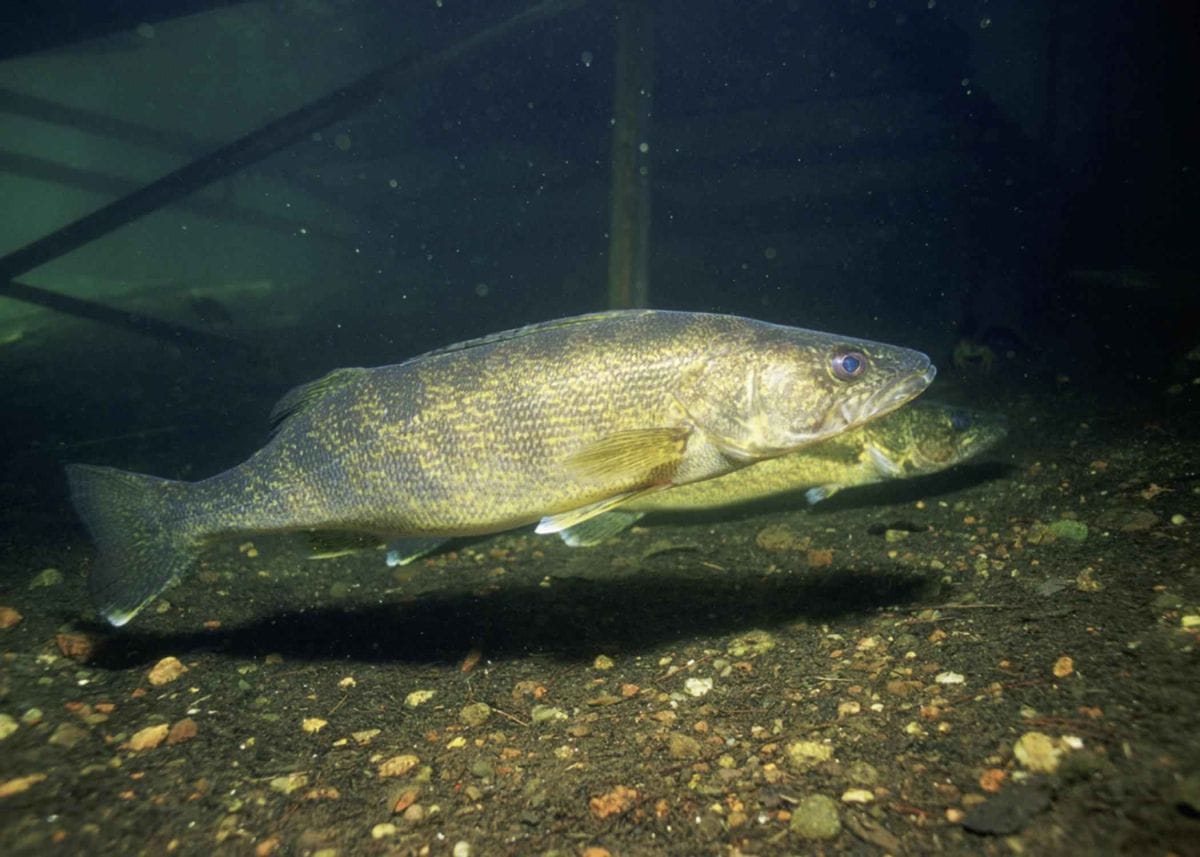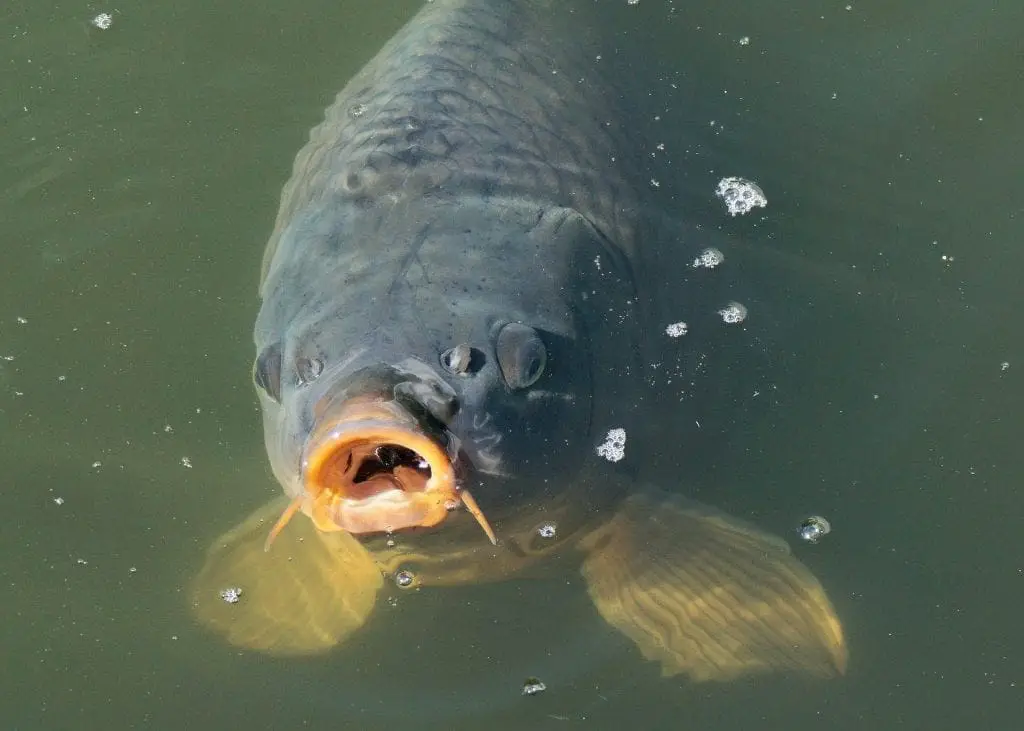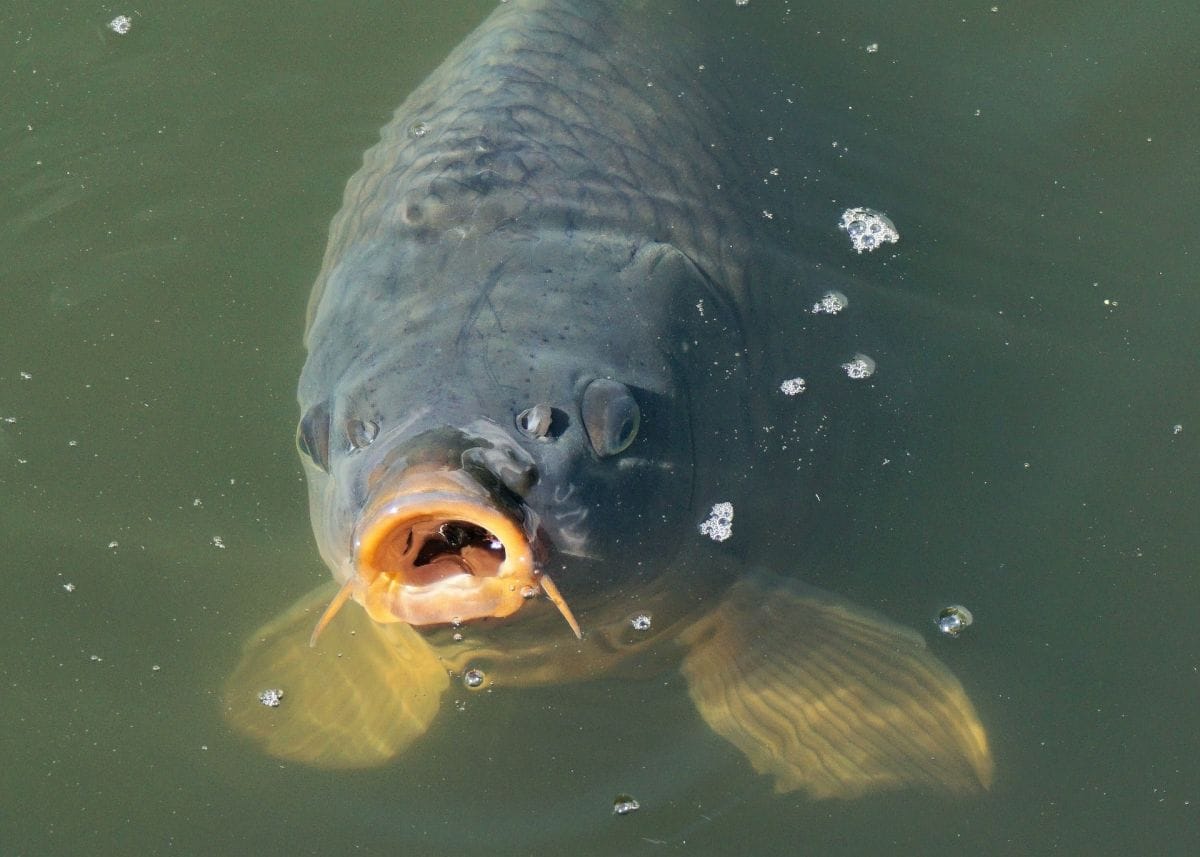In an earlier post, “It’s Time to Consider a Bounty on Asian Carp,” we advocate exploring a bounty program to help curb or control the Asian Carp problem with this invasive species until a long-term solution can be developed. However, it’s entirely within the realm of thinking that we may never eradicate the Asian Carp so a bounty program will have to be enacted for some form of control. This Post gives some history of bounty programs and a current model in Louisiana that has curbed a sizeable invasive rodent population.
Table of Contents
Asian Carp Impact on the Great Lakes
Asian carp are literally at the doorstep of the Great Lakes waters. Some of the species’ DNA evidence has already been found in Lakes, Michigan, and Erie. The fish is expected to become established there within the next ten years. Asian carp, native to Southeast Asia, consume large amounts of plankton to support their rapid growth and massive body weight. This strips an important food source from the lakes and rivers they invade. This causes native species such as walleye, whitefish, and yellow perch to be stressed, starve, and die.

Scramble for an Asian Carp Great Lakes Solution
Authorities in the states surrounding the Great Lakes are scrambling to find a way to rid the nearby rivers in Illinois of Asian carp and prevent their migration and permanent establishment in the Great Lakes. Some, including Michigan, have considered using a bounty system to help eliminate the fish. How effective have these bounty systems been in the history of America’s attempt to control problem wildlife? Would a similar program work in Michigan and the rest of the Great Lakes?
A Bounty For a Solution to Asian Carp On The Great Lakes
In 2017, a $1 million reward was declared by Michigan for anyone who could come up with innovative ways to stop Asian carp from infiltrating the Great Lakes. The sum could be given to one idea or divided among multiple innovators. According to the Lacey Act, bighead, black, and silver carp are considered harmful to humans, native wildlife, and wildlife resources, thus preventing the introduction of Asian carp into the country’s aquatic ecosystems.
Recent Developments – Barriers
Recent developments in combating the Asian Carp problem near the Great Lakes include an $858 million project initiated by the U.S. Army Corps of Engineers and the State of Illinois. This project, aimed at preventing invasive species from entering the Great Lakes, involves installing noisemakers, a bubble curtain, and an electric barrier at a crucial point in Joliet, Illinois. Michigan and Illinois have also reached an intergovernmental agreement to fund the initial stages of this project.?
History of Cash Bounty on Invasive Species
The first bounties to be enacted in the United States were used primarily to protect livestock from animals such as wolves and coyotes. The very first known bounty was established in Massachusetts in 1630 to try to stop packs of wolves from attacking animals and people.

Between 1630 and 1840, the European settlement of the United States spread west. Settlers to these areas began encountering more and different animal threats to their livestock, including bears, wolves, and mountain lions. Individual farmers would hunt these predators or set out traps and snares to catch them. However, the federal government did not offer bounties at this time. Some individual states, like New Hampshire, did offer small bounties for some predators during this period, though. And by 1860, a bounty on coyotes had been set up in the rapidly growing Midwest and Western regions.
The first major federal bounty program began in 1915 when Congress appropriated $125,000 to assist with predator control and nuisance animals. This program used hired trappers and hunters to seek out and destroy problem species. Many states also had their own bounty programs in place by this time. Anyone who could prove they had killed one of the targeted species could be paid for each animal they destroyed.
The success of bounty programs has been varied. They seem to work out better when the targeted species is a non-native, invasive one. When natural predators, such as wolves, are killed off in large numbers, this can have a negative impact on the environment. This happens when the number of prey animals grows out of control and begins to damage the natural environment.
Louisana Nutria Problem is an Example

However, states like Louisiana have seen success in their efforts to control the invasive, non-native nutria. A bounty program on nutria was established there in 1998. The outcome was it reportedly reduced the damage caused by the animal to coastal wetlands. Louisiana received federal funding to test and establish a bounty program. The program allowed hunters to keep the meat and fur and turn in the tail as proof of the kill. Thus, the annual program was part of the Coastal Wetlands Planning, Protection and Restoration Act budget in 2002.
In 2014, Louisiana paid $5 a tail, for a total of $1.94 million, to 252 hunters. Half the hunters offering 800 tails or more. The $5 per tail bounty stimulated the coastal region economically. It also provided sportsmen a year-round income hunting for the otherwise unemployed. Such a solution applied to the Great Lakes region may address the Asian Carp problem.
Bounty as an Economic Stimulus

Based on these results, a Michigan bounty on Asian carp in the Great Lakes could work. Asian carp are not native to the area, causing environmental damage. The large carp wreak havoc on the local fish and ecosystem. Support for this bounty comes from China’s eliminating Asian carp in the wild by over-fishing them. Asian carp could be processed, frozen, and exported. In markets, this meat is scarce and highly sought as a food source. As the threat from this species continues to threaten the multi-billion dollar fishing and tourism industries, it is clear that a bounty on Asian carp in the Great Lakes is a solution worth pursuing.
Video : Asian Carp Invasive Species
Related Reading
- Michigan Competitive in Wind Production, But Future Limited
- Detroit Zoo to Get 100% Michigan Renewable Energy
- Lansing’s Brenke Fish Ladder
- 2020 Great Lakes Water Levels – May
- Albert E Sleeper – Governor for 20th Century Michigan
Sources for the Asian Carp Problem
- Images from Wikipedia Commons & Pixabay CC0




